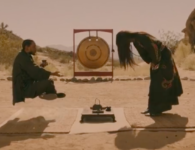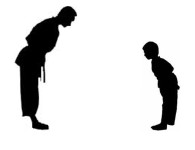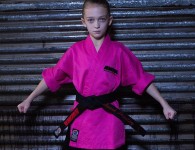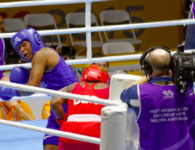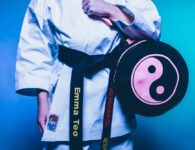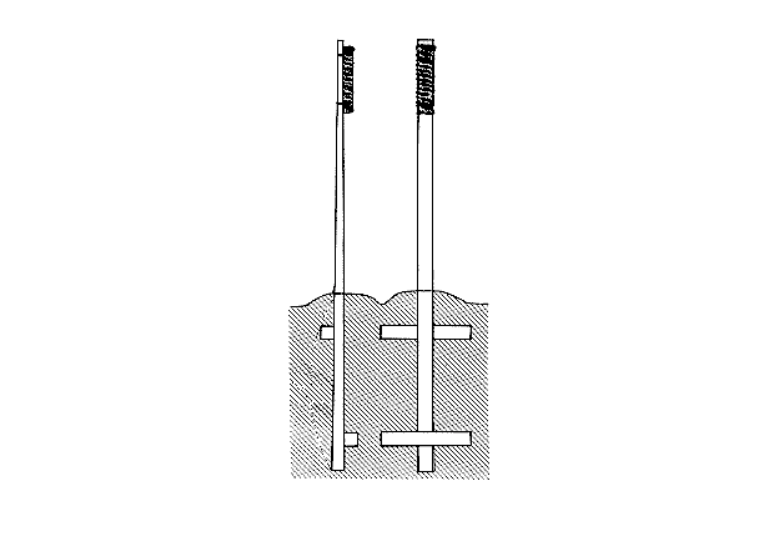
We’re another week into our social distancing practices, how is everyone’s at-home martial arts training holding up? We know how hard it is to stay motivated — or to have the energy to exercise at all — when everything is so scary. It’s especially difficult because martial arts training is, for so many of us, a source of stress relief and community. And we can’t train with our martial arts families right now, which means we’re missing out on a lot more than just our gyms and the training equipment they have there. We’re also missing out on our moral support and motivation just when we need it most!
We at the AWMA Blog might not be able to solve all of your martial arts training problems and anxieties. But what we can do is continue to share ideas that will help make your solo martial arts training and at-home workouts as fun and effective as possible during these troubling times. We’ve spent a few weeks talking about what exercises and martial arts drills you can do at home with little to no equipment, now let’s start to talk about what equipment you can use at home during lockdown.
AWMA.com has a wide range of quality martial arts gear and fitness products that you can order online and use at home, ranging from small equipment like jump ropes to larger but still apartment and small space-friendly setups like free-standing heavy bags. And we highly recommend checking out our website and reading past blogs on our gear to help you figure out what martial arts gear is best for you. But we’d also like to talk about training equipment that you can make for yourself out of household material and the AWMA gear you already have.
This week, let’s take a look at how to make your own makiwara and how to train with it:
What Is a Makiwara?
The makiwara (which means “wrapped straw” or “straw roll” in Japanese) is a hojo undō (supplementary training tool) that originated in Okinawa. It is still used in a number of traditional Karate styles. The makiwara is a padded striking post that martial artists use to improve the form, power, and precision of their strikes. It is a versatile tool that can be used for practicing open and closed hand strikes, kicks, knees, and elbows. Much like a boxer with heavy bag, a Karate practitioner’s makiwara allows them to feel resistance to their techniques. This is vital to developing and improving striking ability.
Who Should Use a Makiwara?
Karate instructors and experts are divided on the makiwara. Some worry that using this tool can damage your hand and possibly lead to poor form development. Others argue that overtraining and improper training are responsible for makiwara related injuries. These Karate practitioners believe that, if you use properly constructed equipment with proper form, training with the makiwara can improve your body alignment, coordination, and timing.
Basically, the makiwara can be a valuable tool, but it is not for beginners. If you already have experience using one in your regular Karate training, or if you’ve been training for a long time and believe you are both ready and responsible enough to try using this tool on your own, you might be a good candidate to build and use a makiwara at home. If possible, we recommend consulting your sensei for further advice on this topic before you start.
If you’re a beginner, or if you’re not 100% sure you want to try makiwara training on your own — or if you don’t have the ability to get one or build one — there are other training equipment options that will probably be a better fit for you.
Alternatives to the Makiwara
The drills and exercises that martial artists use to prepare for the marikawa are also great training on their own. If you do decide to use them as building blocks toward your own marikawa use, that’s great! If you decide not to move on to the makiwara, you’re still getting a great solo training session that will develop your form and your strength.
First, you can start by practicing your strikes in the air. If possible, you could also consider setting up online practice with an instructor who can guide you through proper execution, or set up a Skype or Zoom session with your training partner(s) to help each other fine-tune your techniques. Once you feel solid in your air strikes, you can move to hand training targets, free-standing bags, free-standing target master or other forms of target training equipment if you have access to those.
Makiwara experts also recommend doing planks and push-ups on your knuckles, which will develop wrist strength and prepare your skin, connective tissues, and bones for striking the makiwara.
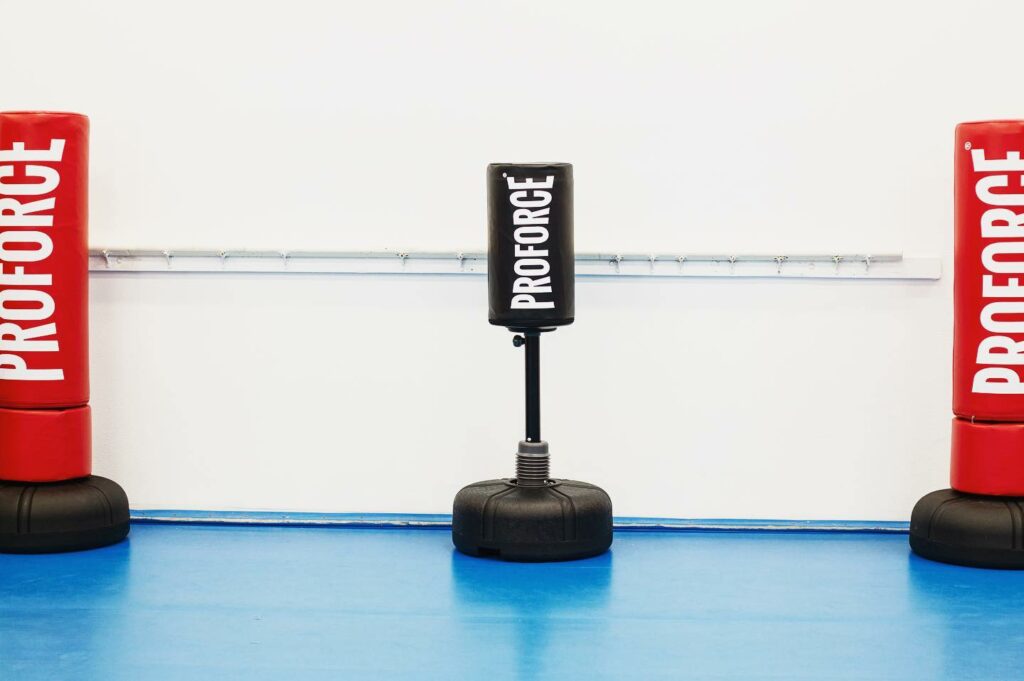
How to Use a Makiwara
Don’t just start hitting it! Being ready to start Karate training with a makiwara doesn’t mean that you’re ready to strike it. First, you’ll need to familiarize yourself with the equipment and with the way you respond to it, learning to press against it using your full body, not just your arm. From there, you’ll begin to work on speed. Then you can begin to introduce force.
This video is a good step by step example of how to start with the makiwara.
How to Build Your Own Marikawa
To make a basic marikawa for outdoor use at home, you will need a 4×4 lumber post, at least 8 feet long. Any good lumbar will work, but make sure that the grains of the wood run up and down. Your wood should be as knot-free as possible, and not pressure treated. It is recommended that you invest in wood preservative to product your post. You’ll also need a saw and a shovel for construction purposes.
To make a pad for your marikawa, you have a few options. Traditional marikawa pads were, like their name suggests, made of straw. Today, most use some sort of high density foam or rubber covered by a durable but flexible material like leather. In a pinch, some martial artists have made makeshift pads for their marikawa out of a piece of a jigsaw mat wrapped in a martial arts belt.
Here are detailed written instructions for building your own marikawa for outdoor use. And here are additional details on how to adapt this marikawa for indoor use.
If you’re better with visual and audio instructions, this detailed video can help walk you through the process:
Looking for more at home training ideas? Check out our blog posts:
- At-Home Workouts: 7 Types of Cardio Training You Can Do At Home
- Solo Martial Arts Drills You Can Do At Home
- Four Boxing Drills You Can Practice at Home With No Sparring Partner
- 5 Workouts You Can Do in the Comfort of Your Own Home
- How to Spar With Your Mattress and Other Home Workout Tips From MMA Fighters







